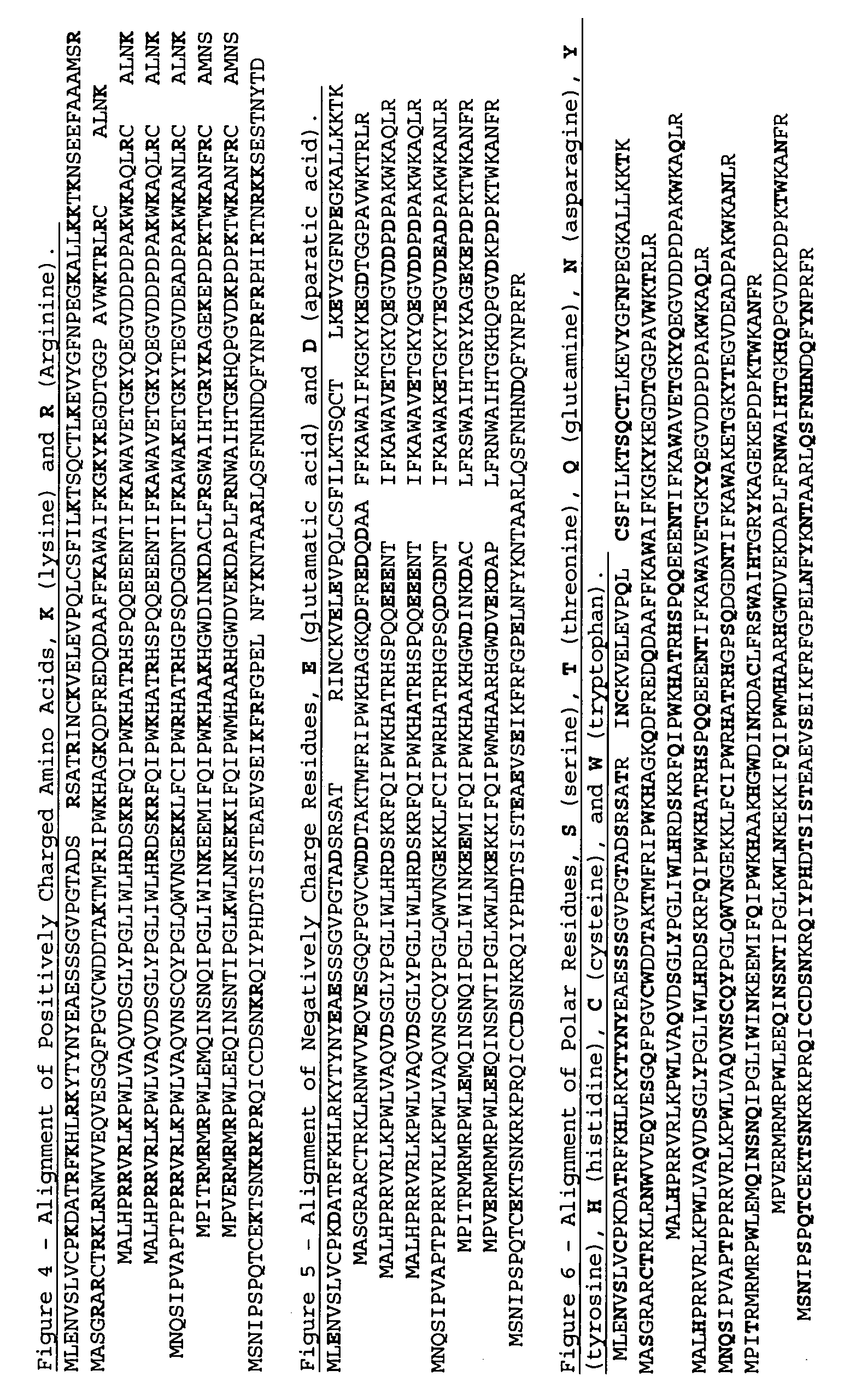Lipoproteins as nucleic acid vectors
a nucleic acid vector and lipoprotein technology, applied in the field of materials and methods for delivering nucleic acids in vivo, can solve the problems of inability to trigger any immune response, risk of vaccine-induced infection, and problems with vaccine production and storag
- Summary
- Abstract
- Description
- Claims
- Application Information
AI Technical Summary
Benefits of technology
Problems solved by technology
Method used
Image
Examples
example 2
[0131] Binding of Genomic DNA to Human LDL. The binding of human genomic DNA (hg DNA) to human LDL has also been demonstrated. Each lane of the agarose gel contained hg DNA cut with AluI or HindIII. In addition, human VLDL and mouse LDL were run alongside the hg DNA. Plasma lipoproteins were isolated from human or mouse blood according to the protocol described above. DNA-binding studies were performed using human genomic DNA digested with either AluI or HindIII. Following electrophoresis, the gel was stained for DNA with ethidium bromide prior to protein staining in a solution containing 50% V / V ethanol, 10% V / V acetic acid, and 0.25% Coomasie Brilliant Blue R-250 (CBB R-250, Bio-Rad Labs). Each lane contained 5 μg human genomic DNA (hg DNA) cut with AluI or HindIII. In addition, human VLDL (10 μg protein per lane) human LDL (35 μg protein per lane) and mouse LDL (10 μg protein per lane) were also analyzed.
[0132] Bands in this study showed specific binding of digested human DNA fr...
example 4
[0140] Low-density Lipoprotein as a Natural Gene Transfer Vector. The discovery of the nucleic acid-binding properties apo B-100 suggested that lipoproteins containing apoB100, as naturally occurring liposomes, may function as gene transfer agents. By using highly purified low-density lipoprotein as such an agent, the inventors were able to transfect cultured human skin fibroblasts in vitro and to express a green fluorescent protein reporter gene in vivo. The gene transfer mediated by low-density lipoprotein was more efficient that that mediated by LipoFectin. Low-density lipoprotein also did not exhibit any toxicity, immunogenicity, or serum inhibition.
[0141] DNA-binding. In the Examples above, it was shown that highly purified human LDL binds to nucleic acids in a specific fashion. In order to establish whether rat lipoproteins can bind nucleic acids in a similar fashion, DNA-binding studies with different rat lipoprotein fractions were performed. A gel shift assay of linearized ...
PUM
| Property | Measurement | Unit |
|---|---|---|
| time | aaaaa | aaaaa |
| density | aaaaa | aaaaa |
| density | aaaaa | aaaaa |
Abstract
Description
Claims
Application Information
 Login to View More
Login to View More - R&D
- Intellectual Property
- Life Sciences
- Materials
- Tech Scout
- Unparalleled Data Quality
- Higher Quality Content
- 60% Fewer Hallucinations
Browse by: Latest US Patents, China's latest patents, Technical Efficacy Thesaurus, Application Domain, Technology Topic, Popular Technical Reports.
© 2025 PatSnap. All rights reserved.Legal|Privacy policy|Modern Slavery Act Transparency Statement|Sitemap|About US| Contact US: help@patsnap.com



